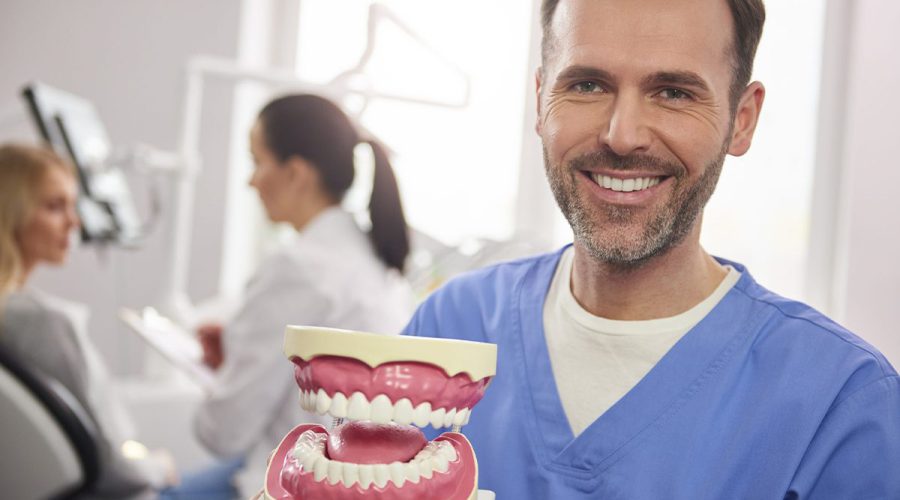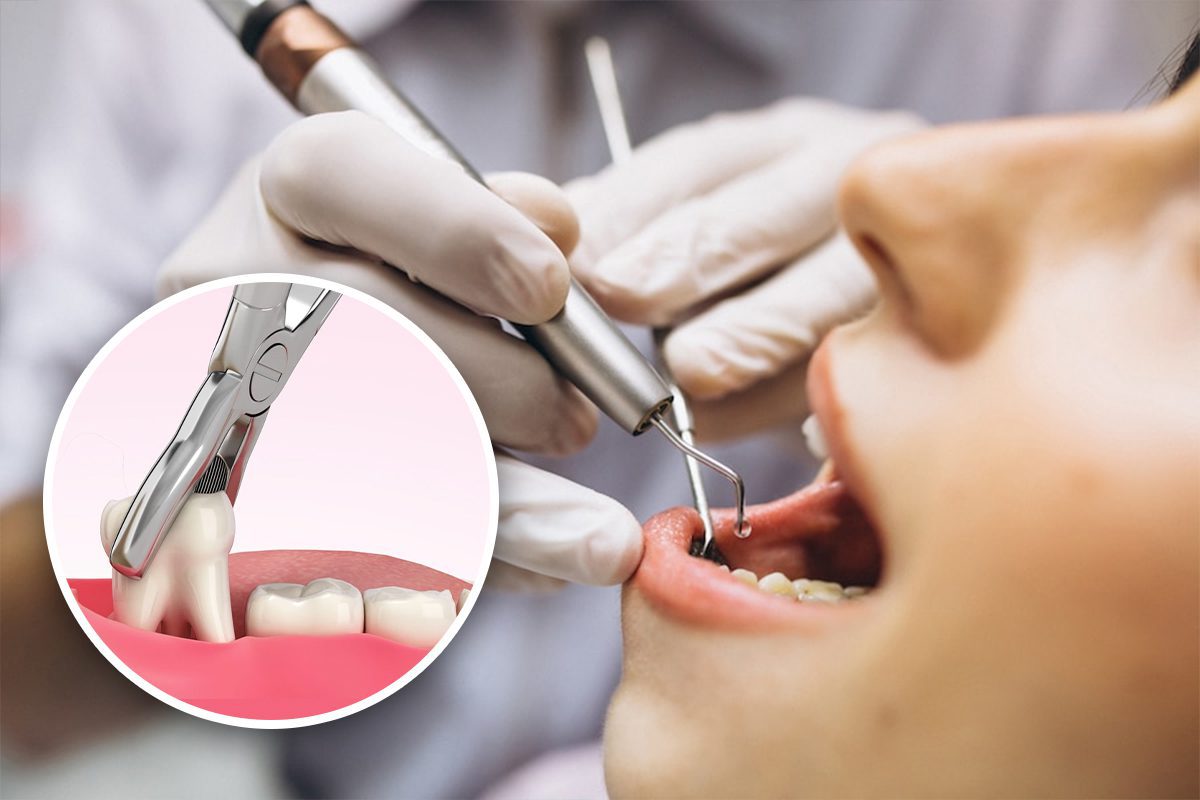Introduction
Are you still hunting for the denture dental that would best suit you? The following guide will take you through different types of dentures and help you decide which one is made to restore your oral health!
Different Types of Dentures
Traditional/Conventional Complete Full Dentures
Complete dentures can be “traditional” or “instant” in dentistry. After the tooth is extracted and the gums begin to heal, the traditional denture can be placed in the mouth approximately 8 to 12 weeks after the tooth is extracted. Compared with traditional dentures, instant dentures are pre-made and can be positioned immediately after tooth extraction.
Therefore, compared with traditional dentures, the disadvantage of immediate dentures is that they require more adjustments during the healing process to fit correctly. They can usually only be seen as a temporary solution until traditional dentures can be made.
Partial Dentures
Removable partial dentures or bridges usually replace the existing teeth attached to a pink or rubber-colored plastic base, sometimes connected by a metal frame that supports the denture in the oral cavity. This “bridge” is then fixed in place.
Partial dentures can fill the gaps caused by missing natural teeth and prevent other teeth from changing positions. Precision partial dentures are detachable and have internal attachments instead of clamps connected to adjacent crowns. This is a more natural-looking device.
Custom Dentures
Custom dentures replace the existing tooth resulting in a more natural-looking smile. You can see the new prosthesis before it is finished. The prosthesis adapts to your smile so that it looks natural and meets your needs.
Immediate Dentures
Immediate prostheses do not adapt to the oral cavity alone like fixed prostheses, and therefore do not always fit correctly. Instant dentures can also protect your gums, and your mouth will heal after tooth extraction.
Supported Dentures
The implant-supported dentures are a good service for patients. Implant-supported dentures are the middle ground between traditional dentures that use adhesives and more expensive advanced full-arch dental implants.
Implant-supported dentures are a good choice for those looking for an affordable option to improve their chewing and smiling skills significantly. The support of the implant makes the tooth tray shaped like a horseshoe, thereby reducing bulkiness and opening the upper jaw, creating more space for the tongue and better-tasting food.
Implant-supported dentures are more stable and do not require adhesives. Patients can improve their diet by adding fruits, vegetables, steak, corn on the cob, and other foods commonly avoided in traditional dentures. Implant-supported dentures can also significantly increase the confidence of patients when smiling and speaking.
This type of denture is detachable and can be worn and removed as often as needed. This means that cleaning and maintaining the prosthesis is as easy as using a traditional prosthesis.
Snap-in Dentures
Snap-in dentures are a good choice when all teeth are missing because they can replace teeth. Compared with traditional prostheses, your buckle will not slip, and it is more versatile and stable. Dental implants are simple screws inserted into your jawbone to hold the dentures in place, and two or four implants are likely to be needed for each chin.
After the implant is placed, your dentist will place the implant to support or cover the denture. Depending on your needs, your overdenture can be removed for easy cleaning or permanent fixation. Your prosthesis works in two different ways, and the first is to use magnetic attachment points to snap the prosthesis into place.
These points will connect to the implants in your inner jaw. You may prefer this option because you have less metal in your mouth. Your second option is to attach the metal plate to your implant. The plate goes over your gums like a magnet, attracting your dentures.
Overdentures
If the patient’s upper or lower teeth are missing, they have various options to replace these teeth. Some people prefer traditional dentures that sit on their gums, and others prefer implants or overdentures.
Overdentures are ideal for people who need comfort and a higher level of functionality. These dentures are detachable and attached to natural teeth or dental implants.
Overdentures are an excellent way to replace teeth. In this method, dental implants are combined with dentures, allowing patients to have complete teeth naturally. Compared with other options, overdentures are also very affordable. Overdenture patients can bite almost anything they want.
If people do not stimulate the jawbone, they may suffer muscle loss and negatively affect their health and aesthetics over time. Traditional prostheses are not allowed to stimulate the mandible, which will cause facial depression when wearing the prosthesis.
Overdentures require 4 to 6 implants to be inserted into the jawbone, and these support the dentures placed on them and provide the required stimulation of the lower jaw.
Upper Dentures
This is the case with upper teeth-upper dentures. Upper dentures may be your best solution in cases when an individual misses teeth in the upper jaw.
Economy dentures
Economy dentures are sometimes the most affordable type of denture. They are generic prostheses, meaning they will not fit safely or comfortably in the mouth and look bad. Therefore, the prosthetic adhesive is required for a secure hold.
Which dentures are most comfortable?
This is a very complex problem because there is no one-size-fits-all solution when it comes to dentures. Our dentures are carefully hand-made by dental technicians to meet the individual needs of patients. Carefully remove the oral impression so that the prosthesis fits the patient’s mouth.
Then, these are usually perfected through secondary impressions and even more perfect at the try-on stage. At the end of the entire treatment process, the patient has beautiful, functional, and comfortable teeth.




